Hairpieces or wigs are a popular choice for people who want to enhance their appearance or deal with hair loss. However, the quality of hairpieces can vary significantly, and this is where quality control in hairpiece manufacturing becomes crucial. In this article, we’ll explore the importance of rate management in hairpiece manufacturing and 10 facts to know about it.
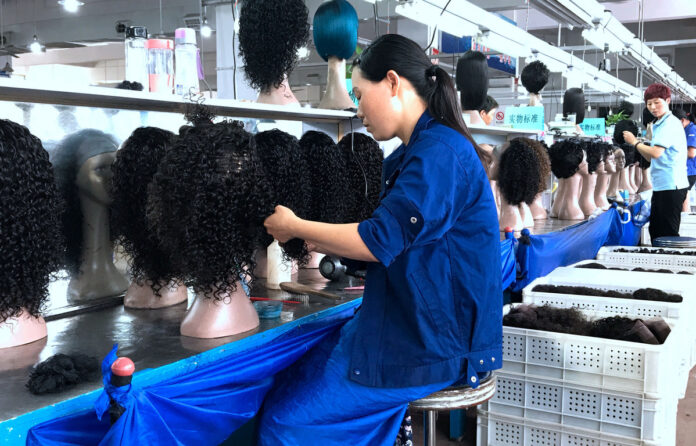
1. Quality Control Ensures Consistency
Rate management is an essential process in any producing industry, including hairpiece manufacturing. One of the main benefits is that it ensures consistency in the final product. In wig production, consistency is crucial in ensuring that customers receive a product that meets their expectations.
Importance of Consistency in Hairpiece Manufacturing
Hairpieces are manufactured in different styles, sizes, colors, and materials, and consistency in the final product is critical to meet customer needs. Customers expect their rugs to match their natural hair color, fit perfectly, and look natural. Inconsistencies in any of these areas can lead to customer dissatisfaction and negative feedback.
Rate managing functions such as inspection, testing, and auditing can help toupee factories maintain consistency in their products. The inspection involves checking each hairpiece for defects, ensuring that they meet the manufacturer’s standards. Testing involves using various tools and methods to test the wig’s grade, durability, and safety. Auditing involves monitoring and evaluating the production process to ensure that it adheres to rate control standards.
Benefits of Consistency in Hairpiece Manufacturing
Consistency in hairpiece production has several benefits, including:
- Enhanced customer satisfaction: Consistent rugs meet customer expectations and needs, leading to increased customer satisfaction and loyalty.
- Increased brand reputation: Consistent rugs build trust in the brand and enhance the company’s reputation for producing high-rate products.
- Reduced waste and costs: Consistent hairpieces require less rework, leading to reduced waste and costs in the manufacturing process.
- Improved efficiency: Consistent wigs make the production process more efficient as it eliminates the need for corrections and rework.
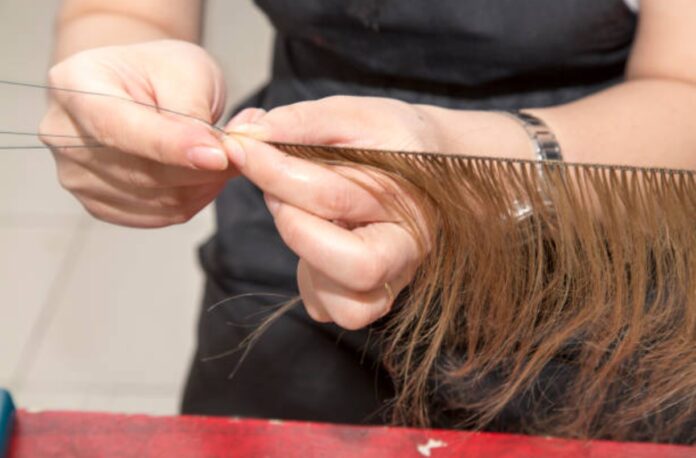
2. It Reduces Waste and Increases Efficiency
When grade management procedures are implemented, it helps reduce waste and increase efficiency in production. By catching any defects or errors early in the process, workers can save time and resources by correcting them before the final product is complete.
3. Quality Control Ensures Safety
They ensure that hairpieces are made with materials that are safe and non-toxic. This is especially important for people who have sensitive skin or allergies.
4. It Enhances Customer Satisfaction
Customers who receive a high-grade rug are more likely to be satisfied with their purchase and become repeat customers. These managing processes ensure that customers receive a product that meets their expectations and performs as advertised.
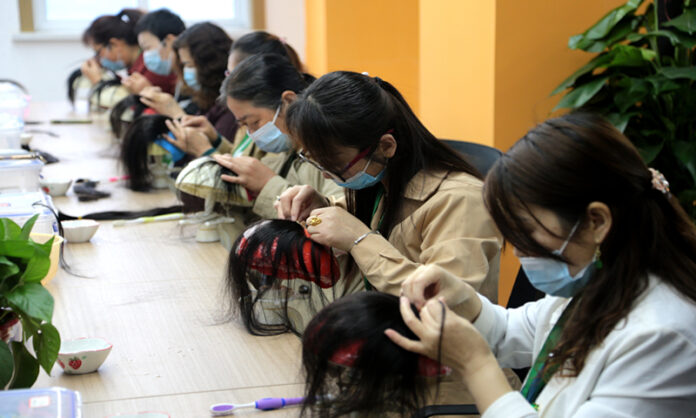
5. It Improves Brand Reputation
Brand reputation is an essential aspect of any business, including wig manufacturing. In the wig industry, reputation is built on the grade of the products produced, and management plays a crucial role in improving brand reputation.
Importance of Brand Reputation in Hairpiece Manufacturing
Brand reputation is crucial in hairpiece production for several reasons. First, customers are more likely to purchase rugs from brands they trust and have a positive reputation for producing high-rate products. Second, a good reputation can attract new customers, leading to increased sales and revenue. Third, a good reputation can differentiate a brand from its competitors, leading to a competitive advantage.
How Quality Control Improves Brand Reputation
They are necessary to improve brand reputation in hairpiece manufacturing. Here are some ways grade control can improve brand reputation:
- Consistent Standard: Implementing grade control processes ensures that wigs are produced consistently, meeting the same high-quality standards. A consistent rate is a key factor in building a positive brand reputation.
- Safety: Grade managing methodologies ensure that rugs are safe for customers to use. Safety is a critical factor in building trust and a positive reputation with customers.
- Customer Satisfaction: Standard control processes ensure that customers receive high-rate products that meet their expectations, leading to increased customer satisfaction and loyalty.
- Reduced Defects: These processes can help reduce defects and errors in the production process, resulting in fewer customer complaints and returns.
- Compliance with Regulations: Rate management techniques ensure that rugs comply with industry regulations and standards. Compliance is essential in building trust and a positive reputation with customers.
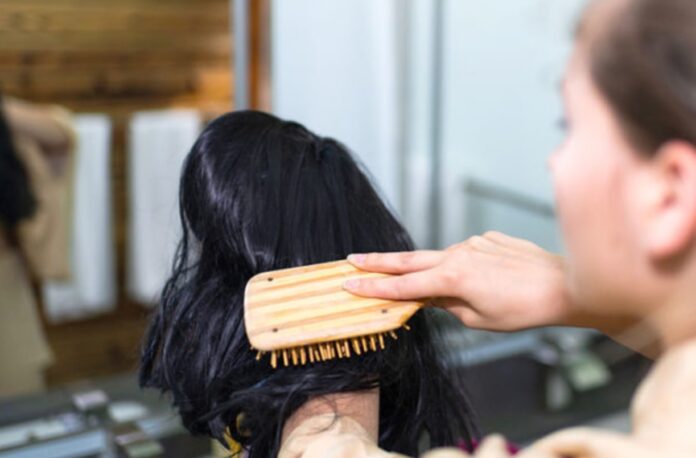
6. Quality Control Helps Identify Potential Problems
Implementing quality control processes allows rug manufacturers to identify potential problems in the production process. By addressing these issues, manufacturers can prevent defective products from reaching customers and improve overall product quality.
7. It Helps Meet Industry Standards
Hairpiece manufacturing is subject to industry standards and regulations. Implementing quality managing operations helps factories meet these standards and ensure that their products are safe and of high grade.
8. Quality Control is an Ongoing Process
Quality management procedures are not one-time events. It is an ongoing process that requires regular monitoring and evaluation to ensure that the wigs produced continue to meet grade standards and customer expectations.
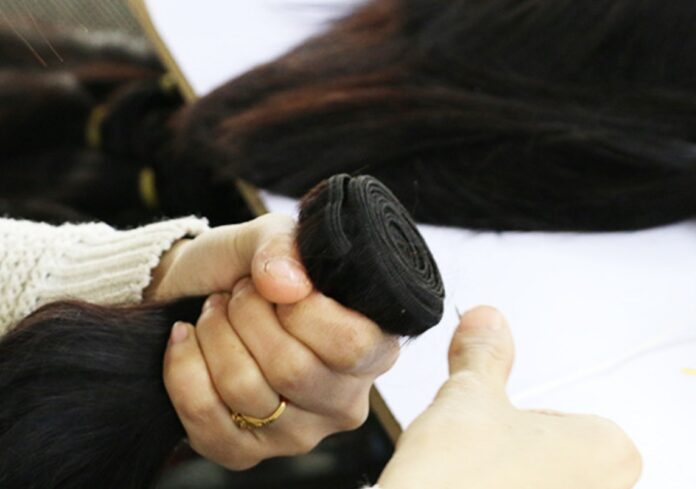
9. It Can Save Money in the Long Run
Implementing quality control processes in toupee manufacturing may require an upfront investment, but it can save money in the long run. Quality control processes are designed to catch defects early in the production process, preventing costly recalls and returns.
Importance of Cost Savings in Hairpiece Manufacturing
Cost savings is essential in any manufacturing industry, including rug production. Manufacturing rugs can be expensive, and reducing costs is critical to staying competitive in the market. Cost savings can also lead to increased profits and reinvestment in research and development, leading to product innovation and improved quality.
How Quality Control Saves Money in Hairpiece Manufacturing
Quality control processes can save money in wig manufacturing in several ways:
- Reducing Rework: Quality management techniques can catch defects early in the production process, reducing the need for rework, and saving time and resources.
- Preventing Recalls: Rate management approaches can catch defects before the rugs are shipped to customers, preventing costly recalls that can damage a brand’s reputation.
- Reducing Returns: Quality control procedures can ensure that wigs meet customer expectations, reducing the number of returns and the associated costs.
- Reducing Waste: Grade managing approaches can help reduce waste by identifying and correcting defects early in the production process.
- Lowering Costs: Standard management methodologies can help lower costs by improving efficiency and reducing the need for corrective actions, saving money in the long run.
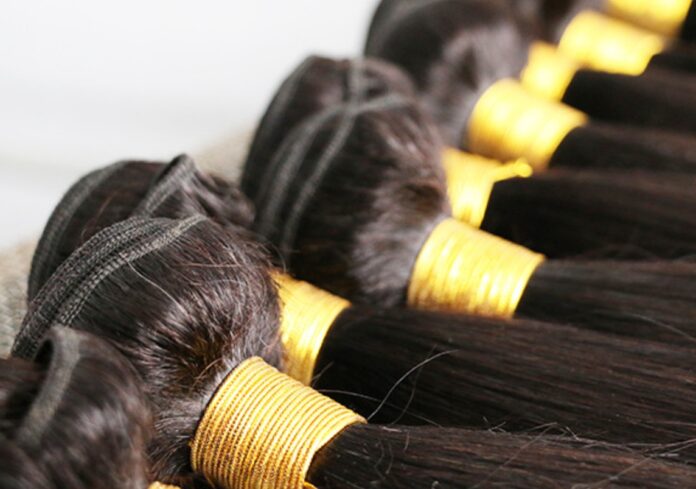
10. Quality Control Processes Vary Depending on the Product
Different hairpiece products require different quality control processes. For example, human hair wigs may require different testing and inspection than synthetic wigs. Manufacturers must implement rate control processes specific to the products they produce.
Conclusion
In conclusion, quality control is a critical aspect of hairpiece manufacturing. It ensures that the products produced are consistent, safe, and meet customer expectations. Implementing quality control processes can save time, reduce waste, and improve brand reputation. Rug manufacturers should invest in grade control to produce high-rate products and remain competitive in the industry.





![Calgary’s Hottest Neighborhoods for Luxury Homebuyers [2024]](https://thewashingtonote.com/wp-content/uploads/2024/04/Calgary-324x160.png)



